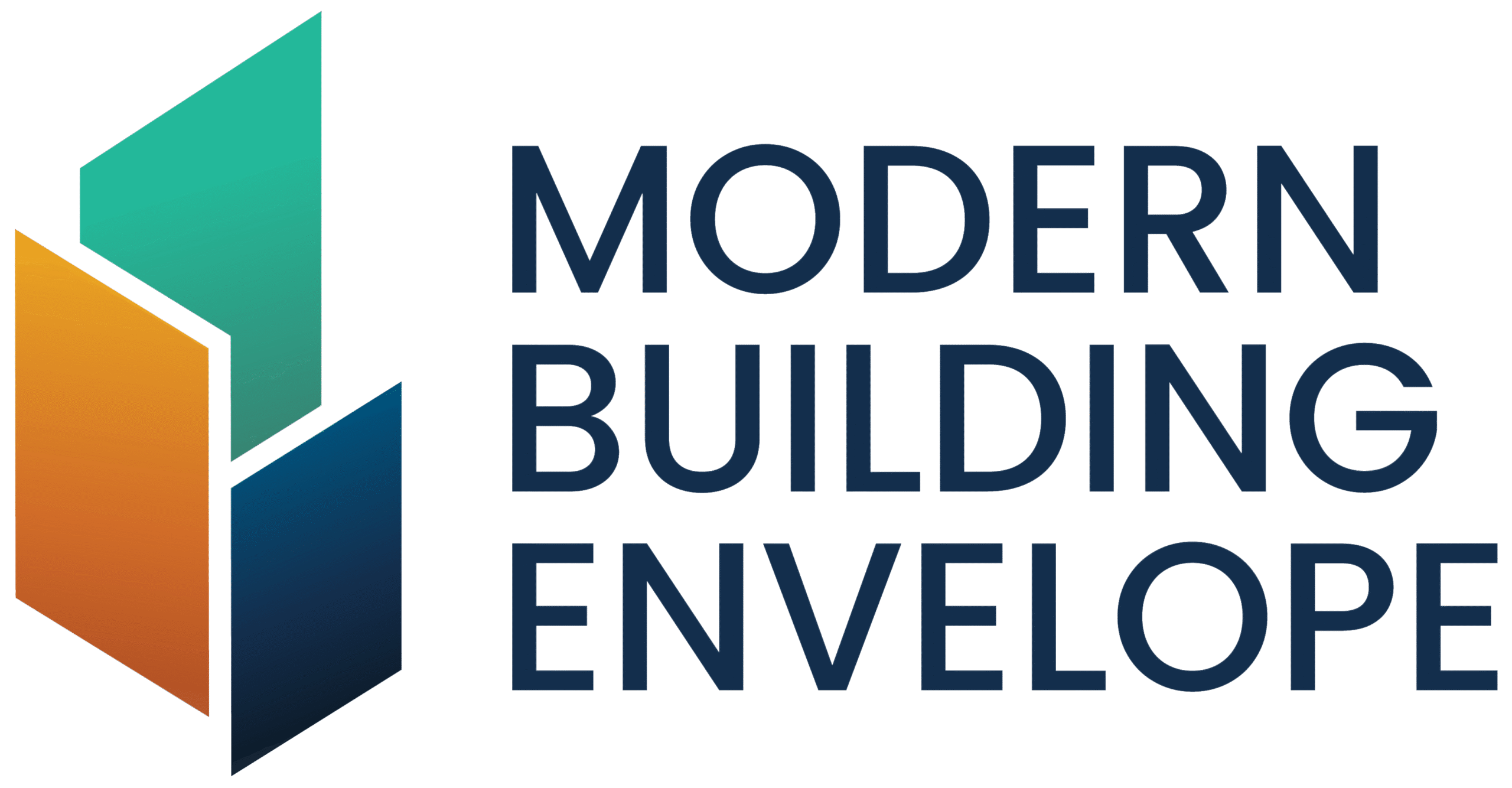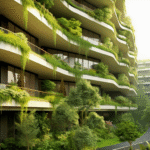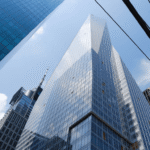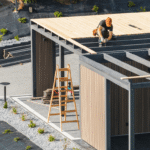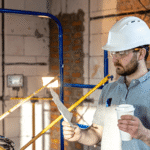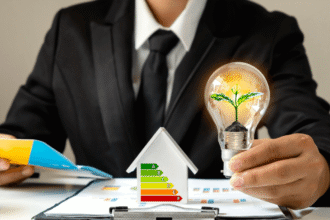The construction industry is undergoing a profound transformation. As environmental awareness grows and technology advances, green building practices are becoming the foundation of modern architecture. Developers, architects, and engineers are now challenged to design buildings that are not only functional and visually appealing, but also energy-efficient, sustainable, and resilient.
Why Sustainability Matters in Modern Construction
Buildings account for nearly 40% of global carbon emissions, making the shift toward sustainable construction essential. Forward-thinking companies are embracing methods that reduce energy use, conserve water, and minimize waste, while maintaining performance and occupant comfort. This movement isn’t just about compliance; it’s about redefining how structures interact with their environment.
Core Principles of Green Building
1. Energy Efficiency
High-performance building envelopes, smart HVAC systems, and renewable energy integration form the backbone of energy-efficient design.
From solar-powered façades to LED-based lighting automation, each innovation helps cut operational costs and shrink a building’s carbon footprint.
2. Sustainable Materials
Material selection is crucial. Architects now prioritize recycled steel, low-VOC paints, bamboo composites, and regionally sourced materials to limit embodied carbon.
The growing adoption of life-cycle assessments (LCA) ensures that materials contribute to long-term sustainability goals.
3. Water Conservation
Modern buildings feature greywater recycling, low-flow plumbing fixtures, and smart irrigation systems. These solutions significantly reduce water waste and operating expenses, making conservation both practical and profitable.
4. Indoor Environmental Quality
Healthy interior spaces are central to green design. Enhanced air filtration, abundant natural light, and nontoxic finishes improve well-being and productivity key considerations for post-pandemic workplaces.
5. Waste Reduction and Circular Design
Circular design strategies extend the life of materials through reuse and modular construction.
Prefabricated components also speed up project timelines while reducing site waste, aligning with the net-zero construction vision.
Technology and Innovation Driving the Change
Emerging technologies like Building Information Modeling (BIM), AI-based design tools, and IoT-enabled sensors are revolutionizing sustainable construction.
These tools enable real-time monitoring of energy use, predictive maintenance, and optimized resource allocation making sustainability measurable, not theoretical.
Global Adoption and Market Trends
Governments and industry bodies worldwide are encouraging green practices through incentives and certifications such as LEED, WELL, and BREEAM.
Investors and corporate tenants increasingly favor sustainable properties, recognizing that eco-friendly buildings deliver stronger long-term ROI through energy savings and higher occupancy rates.
The Future of Construction Is Green
The path forward lies in collaboration between architects, engineers, manufacturers, and policymakers.
As green building practices continue to evolve, they promise a built environment that supports both economic growth and environmental balance.
Sustainability is no longer a choice, it’s the standard leading the future of construction.
Image Credits: Freepik
